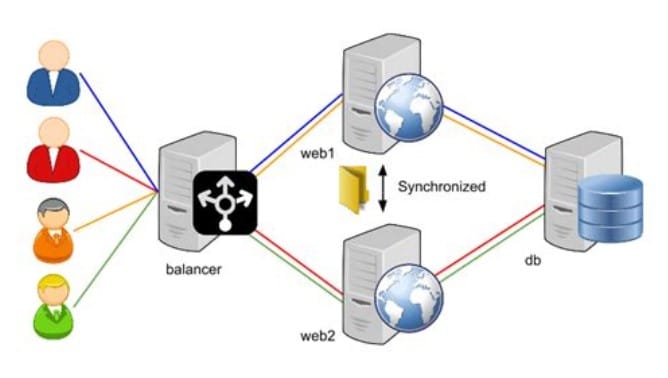You’re probably out shopping for a good load balancer in 2024. If that is the case, there’s no need to worry, as there are several options that you can try out. I desire to share with you the best options you could consider if you need to share some loads with other servers.
Page Contents:
Load balancing – Why important?
Load balancing is a common process popular with many organizations these days. It is a good way to distribute data among several servers so that overloading would not occur, as that can be detrimental to the working processes of apps and websites in an organization. Tech teams know how important it is to usher in severance and robustness in their organization. Basically, it is a good idea if your company makes use of many computers that run on the internet, and you need to serve all of them with your own servers. However, some individuals have also found it helpful to maintain load balancing on the network they use. If you’re wondering whether load balancing is for you, and you need to check what options are available to you, consider the following.
1. Zevenet

Zevenet is the world’s most popular open-source load balancer that is appreciated by industry experts today. Many organizations worldwide are getting the attention that they need from this company.
The company started out in 2010 in Spain, by offering its first open-source Zen Load Balancer. The establishment has improved so much that today, it has a great ability to minimize response lead time in such a way that many clients love. This endears the team at Zevenet to those who patronize the company’s products.
Some of the industries that have partnered with Zevenet are those in the health, education, telecoms, healthcare, retailing, financial institutions, and others. These look to the company for services related to DDoS protection, cutting-edge technology, and stable solution to load balancing needs.
Features of Zevenet
- Advanced system
- User-friendly web GUI
- Advanced L4 load balancing
- Advanced L7 proxy features
- Advanced networking
- Advanced cyber-security
For the success it enjoys, Zevenet is known as the challenger competitor in today’s ADC market. The team is driven by the desire to offer a massive scale of IT services and infrastructure with high performance. The team continues to garner accolades for delivering excellent ADC solutions, and offering the easiest and most accessible solutions for clients. Therefore, for a decade, it has become a reliable provider of high-tech networking and security open source-based solutions.
2. NGINX

NGINX is quite older than Zevenet, being founded in the year 2004. It is known as an HTTP and reverses proxy server, mail proxy server, and a generic TCP/UDP proxy server that was running on many Russian sites. It offers the following features:
- Serves static and index files
- Reverse proxying with caching, load balancing
- Filters include gzipping, byte ranges, etc
- SSL and TLS SNII support are available
- Support for HTTP/2 with weighted and dependency-based prioritization
NGINX is based in San Francisco California. It is also popular and trusted by the clients who rely on its services. Today, about 400 million websites make use of NGINX worldwide. The company succeeds due to the following reasons:
- It is a high-performance tech network
- Easy admin tools are available
- It is quite fast, serving millions of requests per second
- It can easily detect errors
And because of its unusual ability to search and fetch errors, many users are drawn to NGINX.
3. LoadMaster (Kemp)
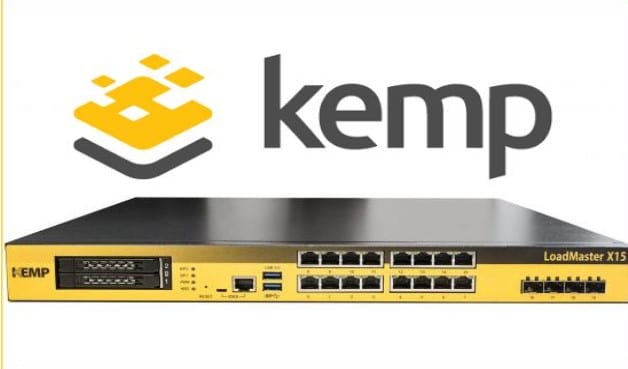
Kemp LoadMaster is another open-source load balancer that you could consider. It is a product of Kemp Technologies, based in New York, and the company has been around since the year 2000. It provides high-end load balancing technologies to millions of users online, and brands like BBC, Apple, Siemens, and Sony, are among the top users. It goes on to show how effective the load balancers are.
Features of LoadMaster
- Delivery with centralized control and monitoring
- Move to per-App ADC
- Flexible sizing
- Licensing and deployment modes to fit your every need
- SSL Off-Load – PCI DSS compliance
This infrastructure also has various types. Hardware, cloud-native, virtual load balancers. A very interesting aspect of this product is that it makes load balancing simple to deploy. Administrators are not at risk of misconfiguration. Users can even start free, using a number of free options that are available. Users love it because it comes with good customer support that’s been praised by industry experts. Integrate it with third-party tools to boost performance and improve productivity. LoadMaster continues to enjoy a worldwide customer base of about 25,000 who enjoy it for both custom and packaged applications.
4. Incapsula

Incapsula is thirteen years old at the time I write this, having been founded in 2009 by Imperva. The company is headquartered in California. This load balancer is reliable and robust, as it is used by more than three million websites. Big-time users include Hitachi, Siemens, Garmin, and other big names in the business.
Features of Incapsula
- Web threat management
- Application firewall security
- Local and global server load balancing
- Exception handling and virtual patching
This is a cloud service that includes WAF, DDOS protection, CDN, and load balancing services. It uses DNS redirection to route website traffic through its network. As DDOS attacks become more common, the services of Incapsula are becoming one that’s necessary for more companies to consider. Bots are not only getting smarter, but their attacks are also growing fast since 2014. Users depend on this service in order to block off malicious traffic, while legitimate traffic is encouraged and accelerated. In turn, what users get is improved web traffic, and a faster loading website.
5. SeeSaw

SeeSaw is a product of Google. In 2016, Google made it an open-source technology. It is a Linux-based load balancing system. Today, the code of the project, written in Go language is now available on GitHub under the Apache license. SeeSaw allows clients to increase service availability and reduce management overhead. This load balancer is no longer an official Google product today because it is full an open-source project. In a nutshell, this product provides basic load balancing for servers that are on the same network. It also offers advanced load balancing functionality.
Features of SeeSaw
- Direct Server Return (DSR)
- Offers support for multiple VLANs and centralized configuration
- Designed to be reliable and easy to maintain
For it to work nicely, a SeeSaw v2 load balancing cluster needs two nodes that could be physical machines or virtual instances. Each node should have two network interfaces – one for the host, and the other for the cluster VIP. Because this load balancer is developed in the Go programming language, it is highly compatible with Ubuntu and supports DSR, two nodes, either physical or virtual.
6. HAproxy

HAproxy was created in 2013, and today, it is classed among the leading open-source load balancers out there. The company is based in Waltham, Massachusetts. It is another product that has huge patronage by companies like Instagram, Tumblr, GitHub, Reddit, and others.
Features of HAproxy
- L4 and 7 load balancing – for TCP and HTTP
- Protocol support for HTTP, HTTP/2
- SSL/TLS termination
- Transparent proxying
- CLI for server management
- HTTP authentication
- Dynamic SSL certificate storage
The above are just a few of HAproxy load balancing features. Users could usually select server pools on request. If they want, a transparent proxy will allow users to connect to a server directly with a client IP address.
A further advantage of this load balancer is the security it offers to users. Over the years there have been very few vulnerabilities noticed by users. The balancer has a good culture of avoiding attacks even during start-up. Although the HAproxy can be used to monitor a client’s behavior over a period of time, it will block the client if suspicious moves are suspected by the load balancer.
7. Neutrino
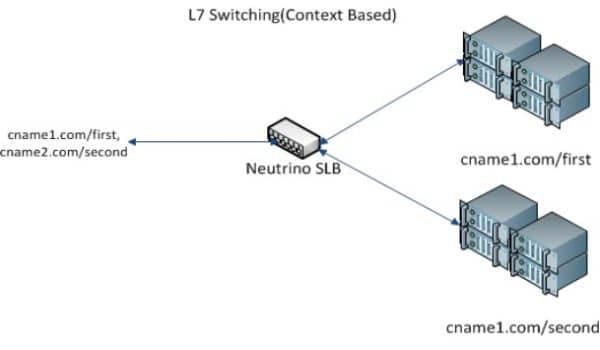
Neutrino is able to support the least connection and a round-robin algorithm packed with many features, some of which will be outlined here. It is a cloud-ready software load balancer used by large companies like e-Bay to power test infrastructure.
Features of Neutrino
- Modular and pluggable
- Supports L7 routing based on canonical names, URL context, and traffic rules
- Horizontally scalable
- High availability and performance
- Provides traffic metrics and configuration page
- New components for pipeline easy to build
Neutrino is built in Scala language using the Netty Server. One of the best things about it is that new modules can be hooked into the pipeline without much hassle.
Load balancing options include the least connection which is the selection of the server with the least number of active connections ensuring that the load of the active request is balanced on the servers. Another option is the Round Robin which is one of the simplest methods for distributing client requests across a group of servers.
8. Balance
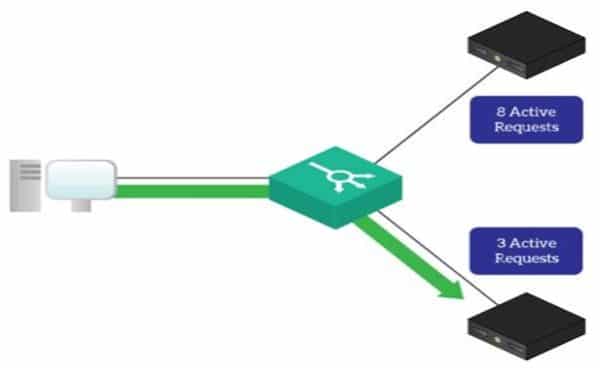
Balance is a product by inLab Networks. It is also a popular open-source load balancing solution that’s a simple, powerful TCP proxy with round-robin load balancing and failover capabilities. Administrators can easily use a simple command-line syntax at runtime. This product comes with a 30-day trial period for the user to test and experience the product.
Balance is a very useful tool for IPV6 migration of IPV4-only services and servers. It runs on Linux, FreeBSD, Solaris, Cygwin, Mac-OS X, and HP-UX, and also runs on others.
Features of Balance
- Outstanding packet processing performance
- Proven stability and easy integrability in data center networks and OEM product lines
Increasingly, the following establishments are finding it a perfect choice:
- Network operators
- Hosting companies
- Satellite operators
- Telco product designers
9. Traefiklabs
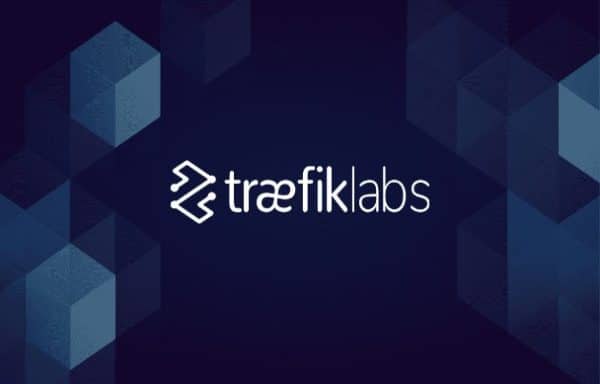
Traefik is well known in many parts of the world. It is a modern server proxy that was built in Go programming language, and that supports multi-back-end servers. Traefik monitors resources through web sockets, SSL certificates, and HTTP/2. It is commonly used by eBay, Expedia, OVHcloud, sysdig, talend, CISCO, and more establishments for the cloud-native networking stacks.
Traefik Enterprise, known for API management, ingress control, and services mesh, makes everything come together in one simple control plane. This product eases micro-services networking completely for developers and operation teams across the group. It is known as the best solution for companies to migrate progressively and safely to a micro-services platform.
Features of Traefik
- Incoming traffic management based on open-source
- Service-to-service communication
- Manage, secure, accelerate, and monitor APIs
Clients who need Traefik were often looking for an advanced load balancer and also an API Gateway for advanced routing to control traffic flow. Satisfied clients love Traefik because it is simple, and gives them flexibility while avoiding any vendor lock-in. However, the major positivity of the balancer is that it is fast and robust.
10. Gobetween
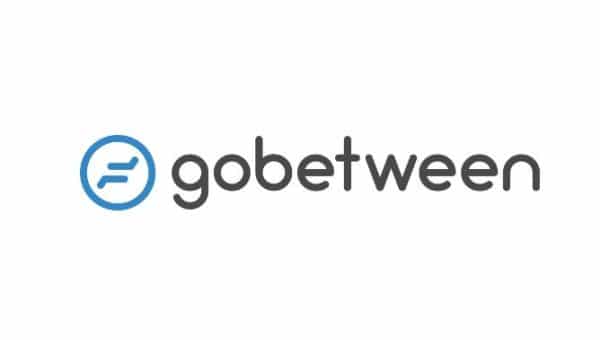
Gobetween is a bit different from the other load balancers mentioned above, in the sense that it is free for life open-source load balancer for the cloud era that many consider to be modern and minimalist in nature. It comes with layer 4 and a reverse proxy. This balancer works under multi-platforms OS, Linux, Windows, and Darwin. Although it exhibits fast performance, its performance trails those of the others mentioned above. It is also written in the Go programming language.
Features of Gobetween
- High-performance L4 TCP, TLS & UDP load balancing
- Powerful backends discovery
- Flexible health checks – built-in TCP ping for simple health checks
- Single binary distribution
- Full-featured REST API
Gobetween is currently used in highly loaded production environments. This load balancer is configured by an OpenSVC-specific daemon to expose services through a public IP address. There are basically two ways to configure Gobetween:
- Cluster Domain Name Server
- Cluster Backend Networks
Its health checks are used to determine the service status of the backend nodes pool and if there is no health check server section defined, backend nodes marked as ‘ok’ can be deleted from the backend.
Conclusion
Your establishment needs load balancers because they help your systems from overloading and reduce response time from servers. Not having a load balancer means that you could be disappointed during peak periods when your servers are overloaded. Depending on what type of business you do, risking downtime during peak hours may be very costly.
To avoid loss, it is recommended that you consider a load balancer. Try one for free at first, then see if you could actually move to a premium edition. All companies that are seeking high availability have found that using a load balancer really helps.
